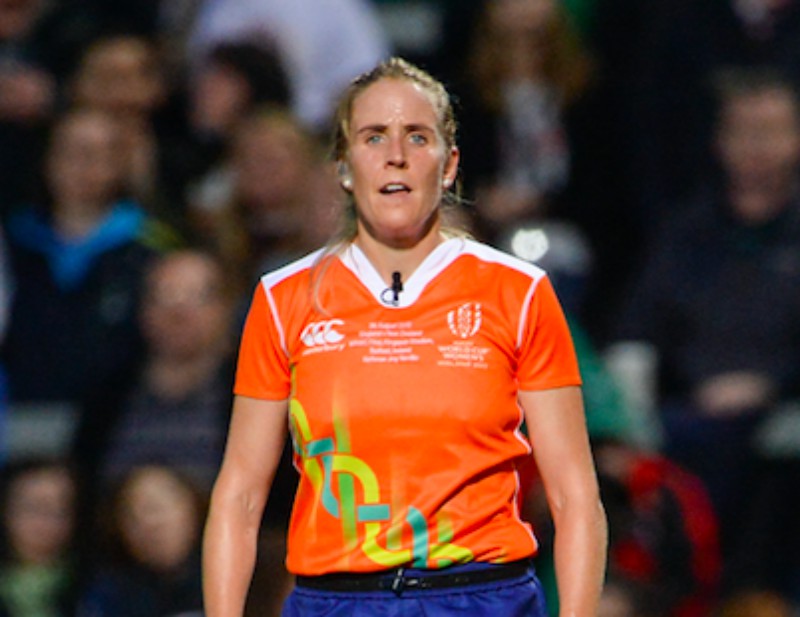Analysis of 500 companies that have reported gender pay gap details reveals a long way to go.
A mean gender pay gap of 12.6% exists across Irish organisations that have published reports in December 2022.
This compares to Ireland’s latest available national gender pay gap of 11.3% (2019) and an EU average gender pay gap of 13% (for 2020), based on Eurostat data.
“Three-quarters of companies appear to show a higher relative proportion of men in the ‘highest paid’ quartile”
31 December 2022 was the deadline for the first reporting period under the Gender Pay Gap Information Act 2021 for companies with in excess of 250 employees obliged to report.
Mind the gap
The widest gender pay gaps in Irish business are in the finance, banking, insurance, legal and construction sectors.
PwC Ireland analysed the gender pay gap reports of up to 500 companies who disclosed their gender pay gap details to assess the data reported and the key trends.
“Although the exact reason for a gender pay gap varies by company and sector, a key factor appears to be the relatively high number of males in more senior (and so, more highly paid) roles,” said Doone O’Doherty, partner, PwC Ireland.
“Looking at disclosures on pay quartiles, three-quarters of companies appear to show a higher relative proportion of men in the ‘highest paid’ quartile. The more males a company has in these top quartiles relative to the number of females, the higher that company’s pay gap is likely to be.”
Make data-informed decisions on gender pay gap
O’Doherty says the reporting legislation has achieved its objective of requiring companies to be more transparent about their gender pay gap and outline what they are doing to fix it.
With the first year of reporting behind them, some companies may feel that the biggest challenge of gender pay gap reporting has been dealt with.
In fact, she says, it is only starting. The December 2022 report was only the first step in a challenging journey to foster diversity and inclusion in our workplaces.
Businesses are required to file their 2023 gender pay gap reports in December 2023, based on their snapshot date from June 2023. Smaller organisations with 150 or more employees will have to report from 2024 onwards. Organisations that wish to lead in this area must act now to ensure they are prepared for the future and use this reporting as an opportunity to recruit and retain the best and the brightest talent.
PwC’s Hopes and Fears Survey 2022 found that employees want companies to take a stand, with transparency around workplace diversity featuring high on the list of employee demands.
“A number of companies have set specific targets for the representation of women in senior roles in their organisations,” O’Doherty said. “Meanwhile, others have committed to reviewing and improving policies in areas such as recruitment and parental leave policies or introducing new initiatives such as unconscious bias training.
“This transparency is to be welcomed, as is the focus that many companies are putting on closing the gender pay and bonus gap. This will be a considerable challenge, particularly for those in sectors with large gaps. Progress will require a concerted effort that is enabled by HR, but led by business leaders, to make active changes to improve the representation of women in their businesses.”
“For those organisations embracing diversity, equity and inclusion (DE&I), gender pay gap reporting presents a positive opportunity to strengthen their brand by promoting their efforts publicly. For those that are yet to embrace the topic, it provides a chance to understand the reality in their organisation, why a gender pay gap exists and what is driving it. They can then begin to make data-informed decisions.”
5 key features to support successful progress
The report notes five key features to support successful progress in improving the representation of women in businesses:
- Business-led action: It is crucial that business leaders actively support and lead any diversity commitments and activities.
- Evidence-driven: It is important to understand how you operate now in order to understand what needs to change. Use employee analytics to understand where your organisation’s focus on diversity should be, both now and projecting into the future.
- Make diversity and inclusion (D&I) a key item on your agenda: Embedding sustainable and authentic change is driven by organisational values. Critically analysing existing organisational practices, progression opportunities, advertisements and reward procedures, for example, is essential to addressing internal issues that potentially impact your gender pay gap.
- HR supported: To encourage behavioural change the right HR policies and processes must be in place. Checks and balances in core HR processes like recruitment and promotion can help manage the risk of bias in decision-making and improve reporting.
- Input-focused, Outcome-driven: Whether or not actual targets are introduced, leading companies are thinking about more effective ways to measure improvements in D&I through business KPIs and dashboards. A robust action plan, supported by strong reporting can help business leaders understand what activity is needed to drive change and measure their progress in achieving it.






